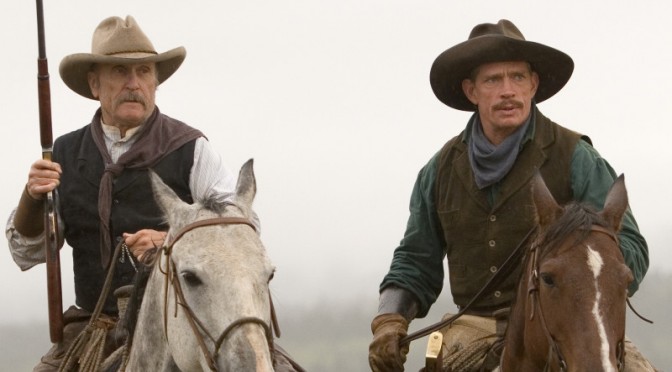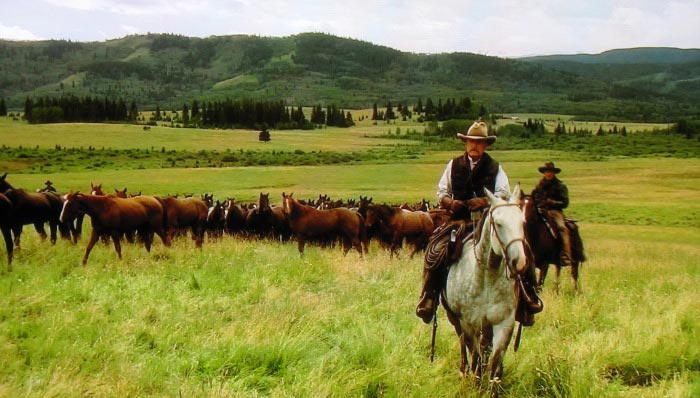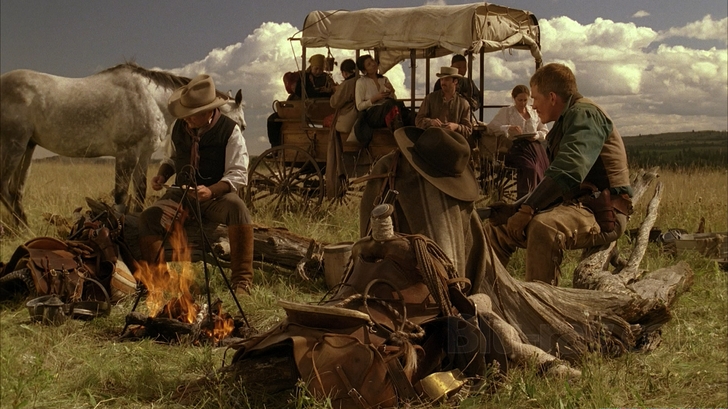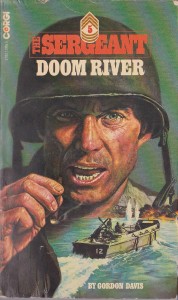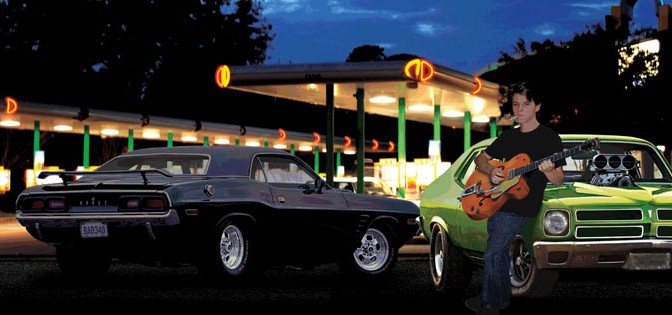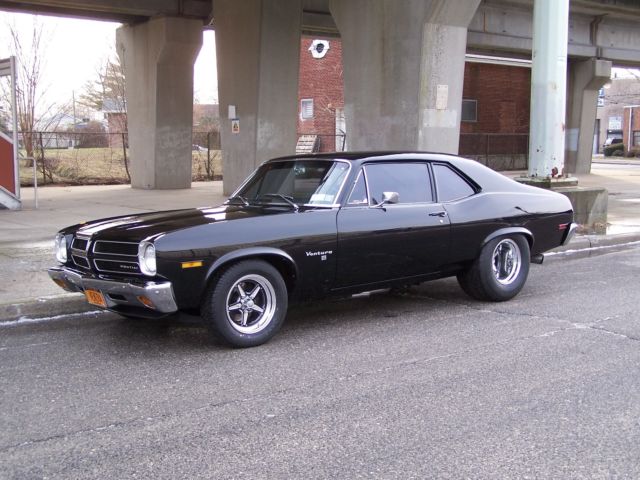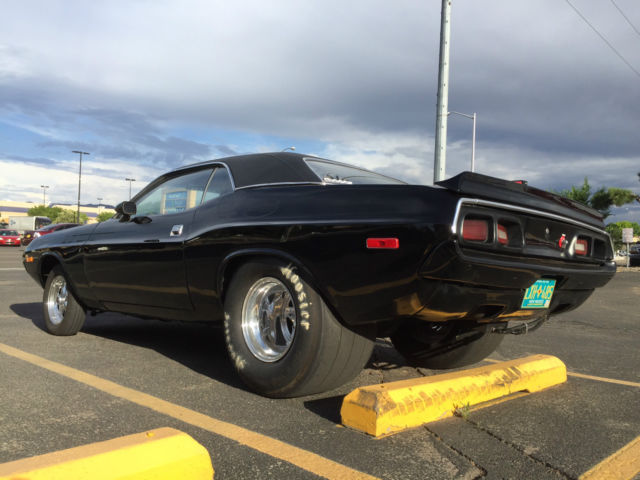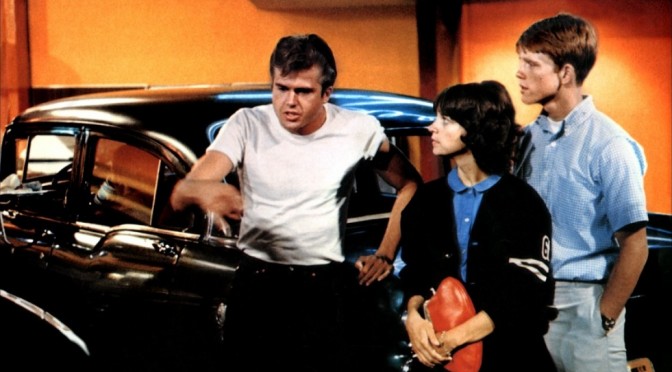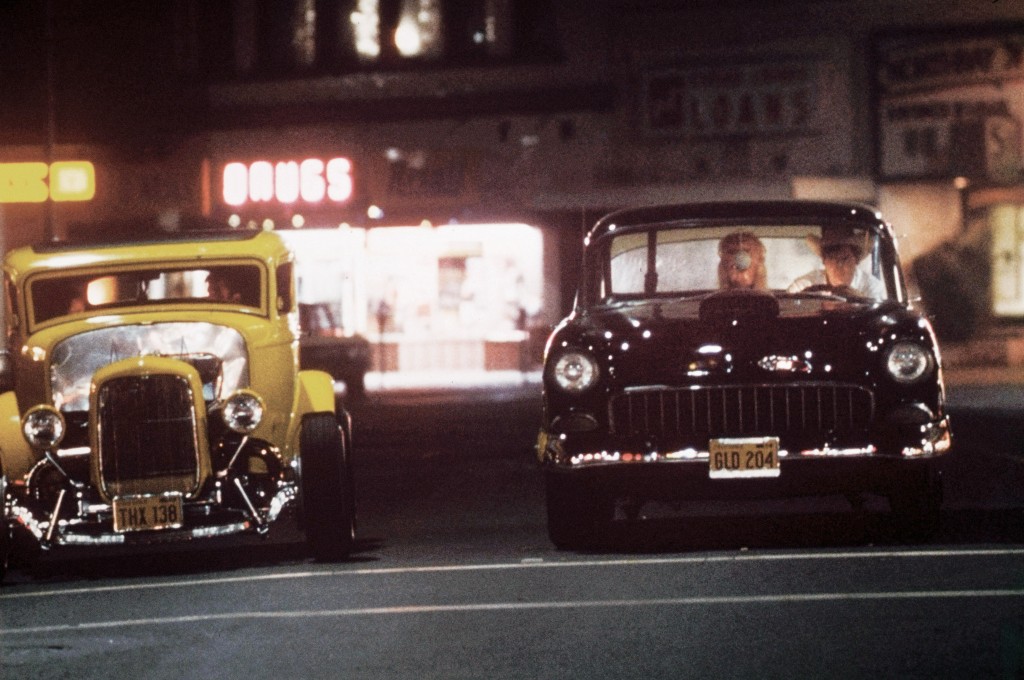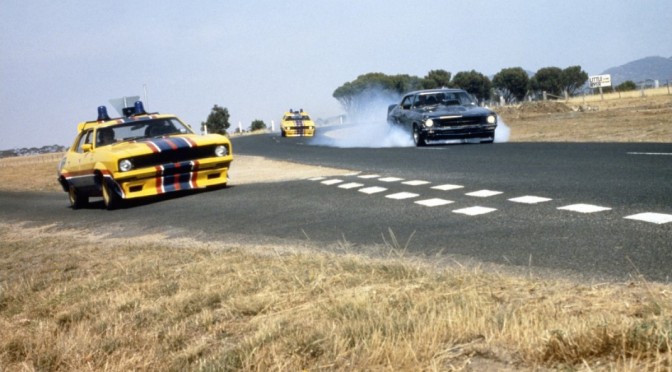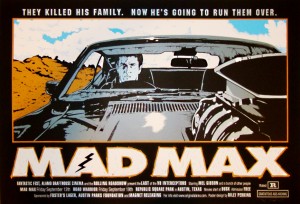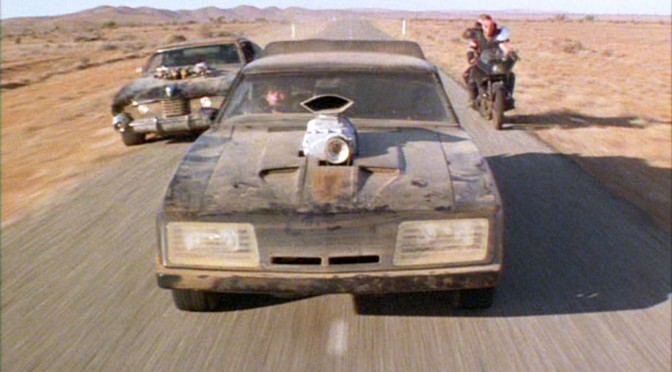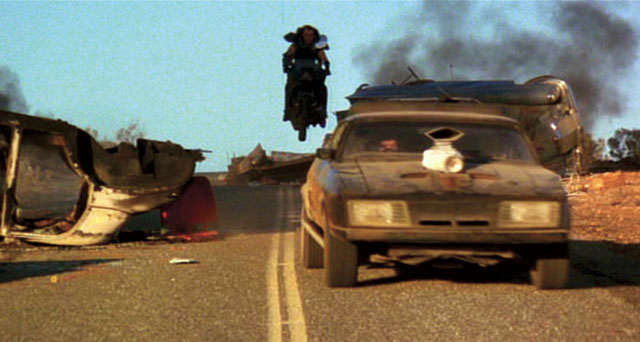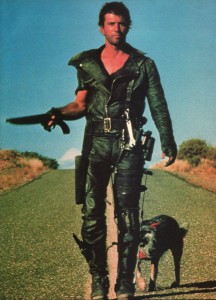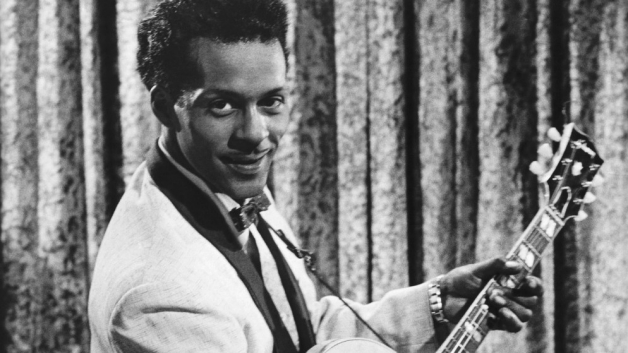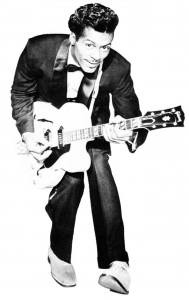Anyone who has visited either Virtual Pulp, or my old Two-Fisted Blog very much, knows that I’ve been a fan of Len Levinson’s work going way back. I’m honored to have him as a guest blogger today.
– Hank
After attending the Windy City Pulp & Paper Convention on 4/23/2017, I found myself wondering what exactly is pulp fiction anyway.
I’ve written 83 published novels under 22 pseudonyms. All generally are considered pulp fiction so I should know what it is by now, but never thought much about definitions or codifications before.
When the expression “pulp fiction” first was used, it referred to cheap paper used in magazines publishing that kind of fiction. But precisely what kind of fiction was it? What is the difference between pulp fiction and ordinary fiction?
Raymond Chandler said, “I guess maybe there are two kinds of writers: writers who write stories and writers who write writing.”
First and foremost, pulp fiction tells stories. That means they require plots. But not just any old plots. Pulp fiction requires gripping plots. Something vital must be at stake in every story. Suspense is the name of the game. Pulp fiction is not about people sitting around having extended erudite conversations about Heidegger’s theory of being. Pulp fiction usually is about life or death situations, or the possible destruction of a city, or even the vaporization of the entire planet by an evil genius.
Villains must be truly villainous, not nice guys confused about moral issues, although villains certainly can be multi-dimensional. Heroes or anti-heroes must be brave, tough and resourceful, despite occasional human failings. There are exceptions to every rule but exceptions do not invalidate rules.
All characters must be finely etched and real. They should come to life and jump off the page into the reader’s lap. Their dialogue should snap, crackle and pop like Rice Krispies. No meandering pointless conversations allowed. Every word must advance the plot.
Regarding locales, the reader should feel that s/he just parachuted into a scene which s/he can vividly see, smell, hear and feel.. S/he must know precisely what’s happening at all times. But scene description must not be overdone. Good pulp fiction strikes the balance between too much and too little.
Pulp fiction should grab the reader by the throat with the first sentence, not on page 31 after lengthy scholarly expositions. Pulp fiction writing must have momentum, not meander lazily along like the Swanee River. The reader should feel as if s/he just stepped onto a fast-moving train. Ideally, the reader will become so immersed in the story, s/he will feel disoriented and won’t know where s/he is when looking up from the page.
Pulp fiction can be hard-boiled crime investigations, visionary sci-fi extravaganzas, sinister spy thrillers, supernatural fantasy melodramas, sword-swinging pirate bloodbaths, shoot-em-up westerns, bone-chilling horror tales, razzle dazzle action-adventure sagas, bloody exploding war novels, and even desperately passionate Harlequin-type romances. I suppose pulp fiction can be about anything, the weirder the better.
But the stories have got to move. They’ve must be humanly real no matter how offbeat the story. They’ve got to draw in the reader. They’ve got to totally fascinate or enchant.
I don’t intend to denigrate regular fiction. I’ve read and enjoyed most of the classics. But pulp fiction is like a punch in the mouth. It’s got to knock you out. You shouldn’t be able to put a pulp fiction book away and go to bed at night like a normal, decent person. It should excite your imagination and make you forget about going to bed. It should turn you on.
That’s pulp fiction in my opinion, folks. At least that’s how I’ve always tried to write it.


